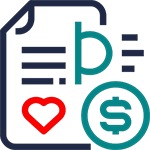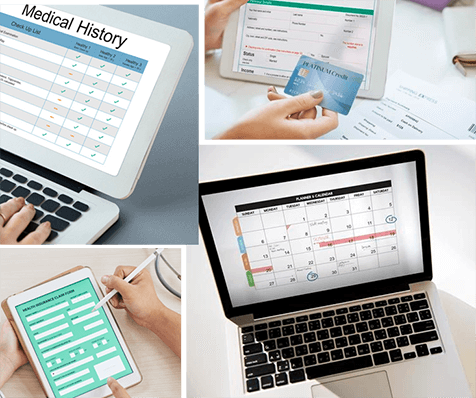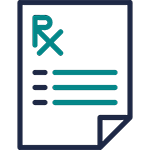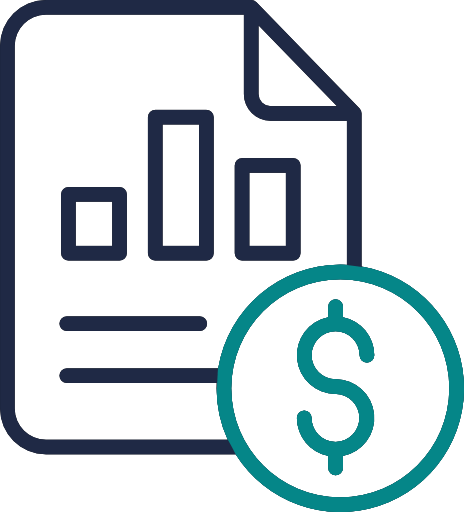In the healthcare world, credentialing is a big deal, yet many don’t know how to do medical credentialing.
It’s like the backstage pass for medical professionals, giving them the keys to practice in hospitals or clinics.
But let’s face it, the process can be as complex as a maze. So, how about we make it simpler?
Here are seven ways to ease the credentialing journey, peppered with some facts and a real-life story.
Imagine a scenario where a skilled surgeon is unable to operate because they’re stuck in the credentialing quagmire. Surprisingly, this happens more often than you’d think.
Credentialing, though crucial, can be a bottleneck in the healthcare delivery system. It not only affects the healthcare providers but ultimately impacts patient care.
With these seven tips, the aim is to untangle this process, making it less daunting and more efficient for medical professionals eager to contribute their expertise where it’s most needed.
-
Start Early and Be Organized
The early bird gets the worm, and in credentialing, this couldn’t be truer.
Start the process at least six months in advance.
According to the Medical Group Management Association, credentialing can take anywhere from 90 to 120 days, sometimes longer. Keeping all your documents in order – think licenses, certifications, resume, references – is key.
Create a how to credential a doctor checklist and tick off items as you gather them.
Moreover, set reminders for submission deadlines. This approach not only saves you from last-minute scrambles but also reduces stress and ensures a smoother process.
-
Stay Informed About Credentialing Requirements
Each state and healthcare facility can have its own set of rules. Staying updated on these requirements is crucial.
The American Medical Association (AMA) suggests familiarizing yourself with the National Committee for Quality Assurance (NCQA) standards for a solid foundation.
Remember, what worked in one state might not be acceptable in another.
Regularly reviewing the latest guidelines and attending credentialing seminars or webinars can also be incredibly beneficial, saving you time and preventing headaches down the line.
-
Use Technology to Your Advantage
In this digital age, sticking to paper is outdated.
Numerous credentialing software options available can streamline the credentialing process.
These tools not only organize your documents but also keep track of deadlines and renewals.
A study showed that electronic credentialing tools reduced processing time by 20%.
Additionally, many of these software options offer alerts for upcoming deadlines and auto-fill features for forms, making the process even more efficient and less time-consuming.
-
Communicate Proactively
Communication is the top recommended tip when anyone asks us how to improve medical credentialing process.
- Stay in touch with the credentialing committee or your contact person.
- Regular updates can help catch any errors early and keep things moving smoothly.
- A simple email or phone call can clear up misunderstandings that might delay your application.
It’s also beneficial to build a rapport with the credentialing staff; a good relationship can make the process more collaborative and less transactional.
-
Be Thorough and Accurate
Accuracy is non-negotiable in credentialing.
A missing signature or an incorrect date can set you back weeks.
Triple-check your application before submission.
A survey found that nearly 30% of credentialing delays are due to incomplete or inaccurate applications.
Therefore, it is crucial to ensure that all your continuing education credits are up to date and properly documented. Why? Because these are often closely scrutinized during the credentialing process.
-
Seek Help When Needed
Don’t hesitate to ask for help.
Whether it’s advice from a colleague who’s been through the process or assistance from a professional physician credentialing service, getting guidance can be invaluable.
Always lookout for ways to make credentialing easier.
Sometimes, the investment in professional help is more cost-effective than navigating the process alone.
These services understand the ins and outs of credentialing and can often expedite the process, reducing the burden on you and your practice.
-
Keep Credentials Updated
Credentialing is not a one-time event. Keeping your credentials updated is crucial.
Regularly check expiration dates on your licenses and certifications.
Renewing on time can prevent gaps in your ability to practice and keep you ready for any credentialing process in the future.
Also, consider setting up a professional development plan to stay ahead of any new requirements or changes in your field, ensuring you’re always at the top of your game when it comes to credentials.
Why Credentialing is Important for Providers?
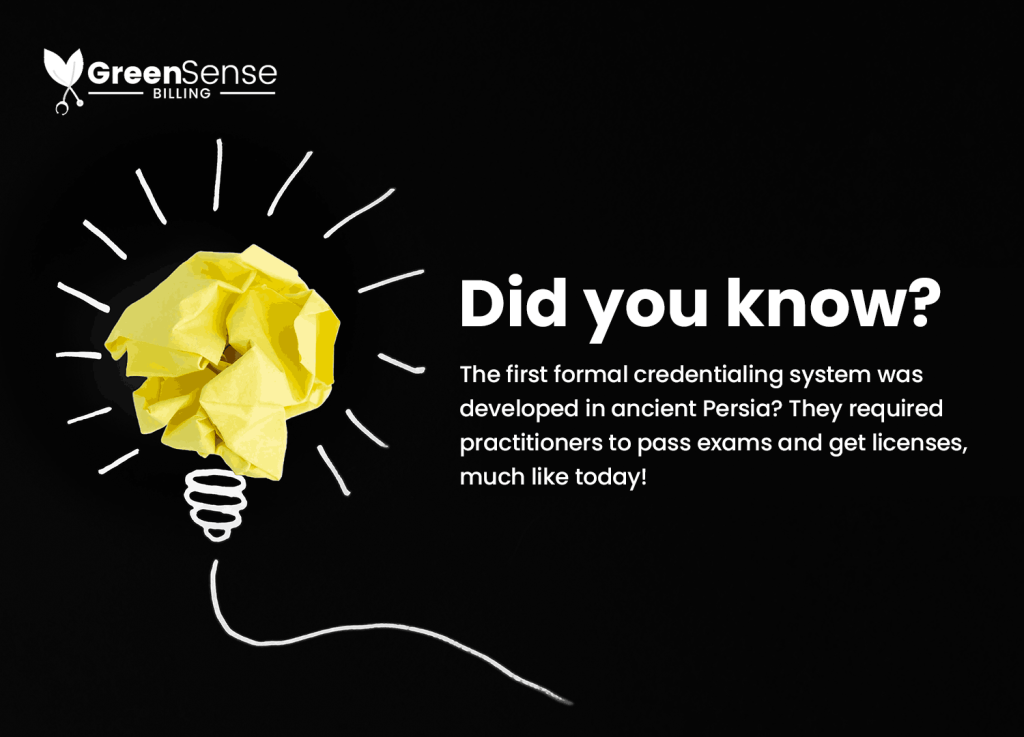
Credentialing is much more than just a routine step in the healthcare industry. It’s a vital process ensuring that healthcare providers are qualified and competent to deliver safe and effective care.
By verifying qualifications, training, and licenses, credentialing acts as a crucial quality control measure, directly impacting patient safety and trust.
Beyond patient care, credentialing is also essential for healthcare providers to be recognized and reimbursed by insurance companies.
Most insurers require providers to be credentialed before they approve payments for services rendered. This makes credentialing not only a matter of compliance and quality but also a key factor in the financial viability of healthcare practices.
It ensures that providers meet the standards set by insurers, enabling them to receive timely and appropriate compensation for their services.
In essence, credentialing bridges the gap between maintaining high standards of care and ensuring financial sustainability for healthcare providers.
GreenSense Billing: Experts in Provider Credentialing
GreenSense Billing is your go-to expert in Provider Credentialing, making sure doctors and healthcare professionals get the green light to practice without any hiccups.
We’re all about taking the headache out of the paperwork and compliance that comes with being a healthcare provider.
Think of us as your guide in the credentialing jungle, cutting through the red tape so you can focus on what you do best – caring for patients.
With GreenSense Billing, you’re not just getting your credentials sorted; you’re stepping into a hassle-free world where all the complex details are handled swiftly and professionally.
Q1: What is credentialing?
A1: Credentialing is the process of verifying a healthcare professional’s qualifications and licenses to ensure they can provide safe and competent care.
Q2: How long does the credentialing process take?
A2: Typically, it can take anywhere from 90 to 120 days, sometimes longer, depending on various factors.
Q3: Why is it important to start the credentialing process early?
A3: Starting early helps avoid delays and ensures all paperwork is in order, reducing stress and last-minute rushes.
Q4: What are the proven ways to improve medical credentialing?
A4: Use credentialing software, streamline the process, keep documents organized, and track important deadlines.
Q5: Do credentials need to be updated?
A5: Yes, regularly updating your credentials is crucial to maintain your ability to practice and stay compliant with healthcare standards.




